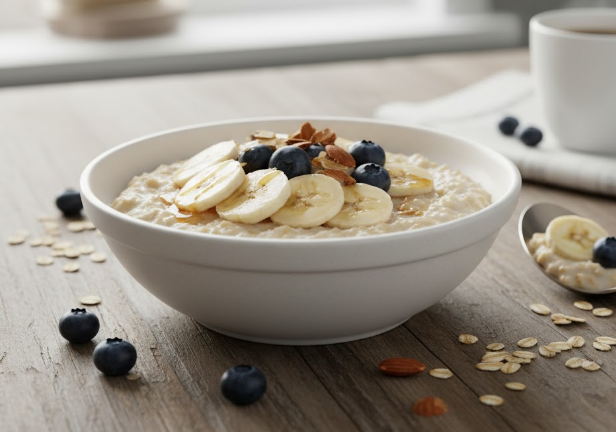
Processed Foods and the Modern Liver
Many packaged foods include sweeteners and thickeners derived from corn—such as high-fructose corn syrup, glucose syrup, and maltodextrin.
These ingredients make products shelf-stable and inexpensive but also increase total sugar intake.
When consumed in excess, added sugars can challenge how the liver manages energy, especially when overall calorie balance and physical activity are low.
What the Research Shows
Peer-reviewed studies suggest that diets high in added sugars—particularly those containing fructose—are linked with higher risk factors for non-alcoholic fatty liver disease (NAFLD) and metabolic imbalance.
For example:
- Public Health reports that limiting sugary beverages supports healthier liver enzyme levels.
- University researchers note that reducing added sugars including fructose in diet intake can improve markers of liver and metabolic function.
These findings don’t mean ordinary foods are “toxic.” They indicate that total sugar exposure and diet quality matter.
Common Hidden Sources of Added Sugars
Many everyday items contain more sugar than expected:
- Flavored yogurts and oat cereals
- Bottled sauces and salad dressings
- Snack bars labeled “natural” or “organic”
- Sweetened beverages, sports drinks, and coffee creamers
Reading labels for ingredients ending in “-ose” (glucose, fructose, sucrose) or “syrup” helps you track how much sugar you’re really getting.
Recognizing When to Re-Evaluate Your Diet
Because the liver is central to energy metabolism, symptoms like low energy, easy weight gain, or digestive discomfort can sometimes reflect broader lifestyle patterns—sleep, stress, and movement—not necessarily direct liver disease.
If you notice persistent fatigue or abdominal discomfort, consult a qualified healthcare professional for evaluation rather than self-diagnosing.
Practical, Evidence-Based Steps
- Focus on whole foods. Choose fruits, vegetables, legumes, and minimally processed grains.
- Limit added sugars. The American Heart Association recommends less than 25 g per day for most women and 36 g for men.
- Stay hydrated. Water supports digestion and circulation; mineral-rich water can add trace electrolytes.
- Be consistent with movement. Regular physical activity improves insulin sensitivity and fat metabolism.
- Get adequate sleep. The liver performs many restorative functions overnight.
These small habits collectively support healthy metabolism and liver workload.
Putting It in Perspective
No single food “destroys” or “heals” the liver. Long-term patterns matter more than short-term cleanses or restrictions.
Balanced meals, moderate sugar intake, and consistent lifestyle rhythms allow the body’s natural detoxification systems to function as intended.
